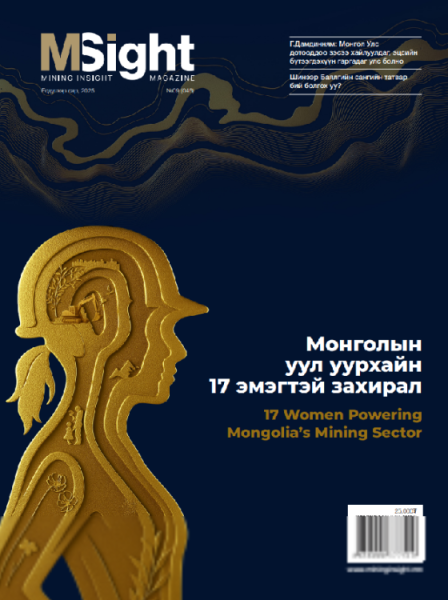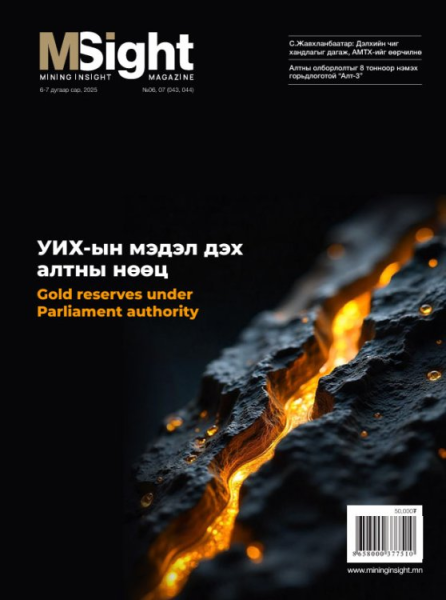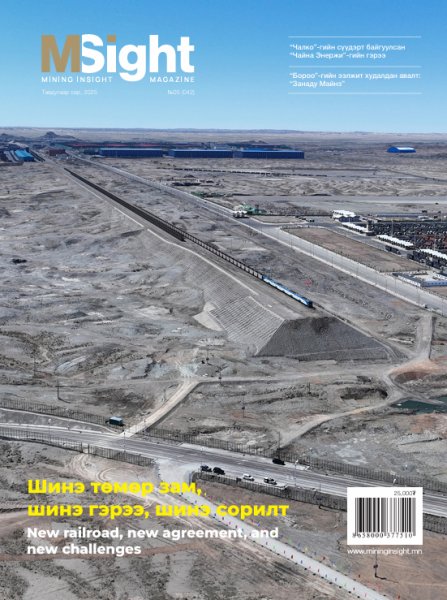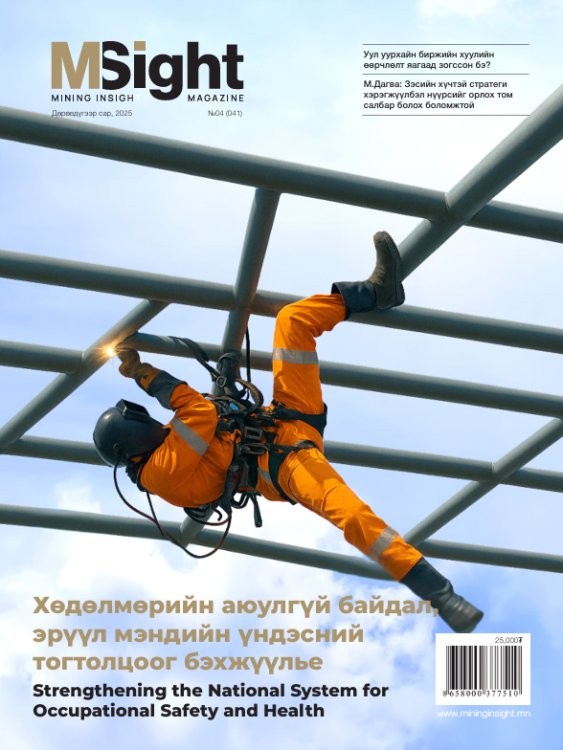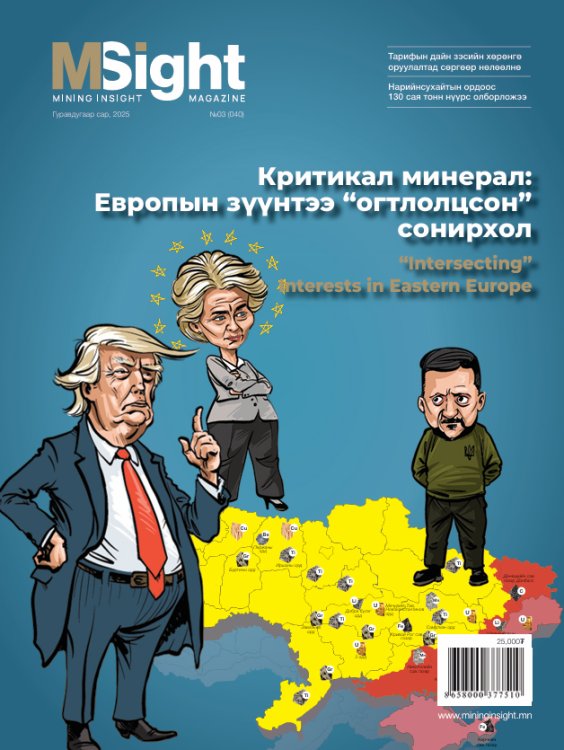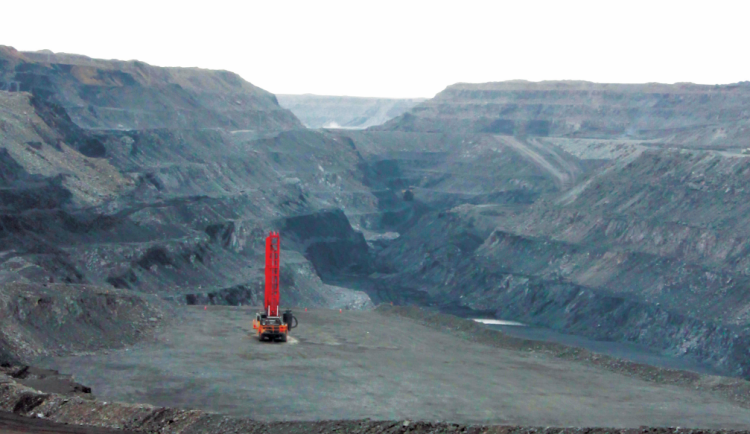
In the first week of October, Mongolian miners will gather under the banner of "Mining Week-2024" at the foothills of the Taij Khairkhan. The event is anticipated to feature a visit from the President of Mongolia, who is expected to arrive by helicopter, along with all three Deputy Prime Ministers attending the miners' conference. It appears that the government is preparing a special "gift" for the mining industry during this event. This gift is linked to a government resolution aimed at implementing the Sovereign Wealth Fund Law, specifically through the expansion of the list of strategic mineral deposits. At the regular meeting of the cabinet held on September 25, 2024, a resolution was approved to enact certain measures related to the Sovereign Wealth Fund Law.
 The key element of this resolution involves revising the list of strategically important mineral deposits, which are published in the latest issue of “Mining Insight” magazine. In particular, the current list of 16 strategic deposits will be expanded. The essence of Resolution No. 27, which instructed the government to submit and determine whether deposits discovered after 2007 should be classified as strategic, will finally be realized after 17 years. This policy, which had remained stagnant since 2007, has now been revived under the framework of the Sovereign Wealth Fund Law. The Ministry of Industry and Mineral Resources has been tasked with compiling information on all deposits that have reported new reserves. Based on this, the government will create a list, adding select deposits to the strategic category. Over the past 17 years, the government has periodically issued such lists, with the most recent action occurring after the 2019 constitutional amendment, when the Ministry of Mining and Heavy Industry was given responsibility for compiling the list. As per the instructions, “Mining Insight” magazine is set to release a list of new deposits that are candidates for inclusion in the strategic category. These deposits, whose reserves have been determined in detail since 2007, include both metal and non-metal mineral deposits. While the 2024 list remains uncertain, the aim is to ensure that the criteria for registering new strategic deposits are clear, consistent, and equitable. The current legal framework defining strategic mineral deposits is inconsistent.
The key element of this resolution involves revising the list of strategically important mineral deposits, which are published in the latest issue of “Mining Insight” magazine. In particular, the current list of 16 strategic deposits will be expanded. The essence of Resolution No. 27, which instructed the government to submit and determine whether deposits discovered after 2007 should be classified as strategic, will finally be realized after 17 years. This policy, which had remained stagnant since 2007, has now been revived under the framework of the Sovereign Wealth Fund Law. The Ministry of Industry and Mineral Resources has been tasked with compiling information on all deposits that have reported new reserves. Based on this, the government will create a list, adding select deposits to the strategic category. Over the past 17 years, the government has periodically issued such lists, with the most recent action occurring after the 2019 constitutional amendment, when the Ministry of Mining and Heavy Industry was given responsibility for compiling the list. As per the instructions, “Mining Insight” magazine is set to release a list of new deposits that are candidates for inclusion in the strategic category. These deposits, whose reserves have been determined in detail since 2007, include both metal and non-metal mineral deposits. While the 2024 list remains uncertain, the aim is to ensure that the criteria for registering new strategic deposits are clear, consistent, and equitable. The current legal framework defining strategic mineral deposits is inconsistent.
According to the Minerals Law, a strategic deposit is one that "affects national security, national or regional economic and social development, or contributes more than 5 per cent to Mongolia's gross domestic product annually." Under this definition, there are no new deposits that qualify for registration as strategic. Most of the 16 strategic deposits, the 39 additional deposits nominated after, and those included in the 2019 list would fall under these criteria. In 2007, the primary standards for registering a deposit as strategic were the size of identified reserves and whether exploration had been conducted using state funds. Thus, before creating a new list of strategic deposits, the criteria for registration must be clarified. Only then can experts make informed decisions based on these standards. On the other hand, the government’s approach to revising the list of strategic deposits should be viewed as a shortterm strategy. Today’s political climate suggests that the government, by controlling mining deposits, seeks to secure electoral advantage and expand its involvement in the mining sector.
However, if this policy is implemented without proper consideration, it risks undermining the future of mining in Mongolia. The absence of private sector participation and foreign investment could halt exploration, and without discoveries, the mining industry will stagnate. This is not to argue against state involvement in mining but rather to caution against excessive state control. There is a risk of provoking significant backlash if handled improperly. “Mining Insight” dedicates its latest issue to urging the government to make balanced and wise decisions that encourage investment while considering the broader economic implications.




